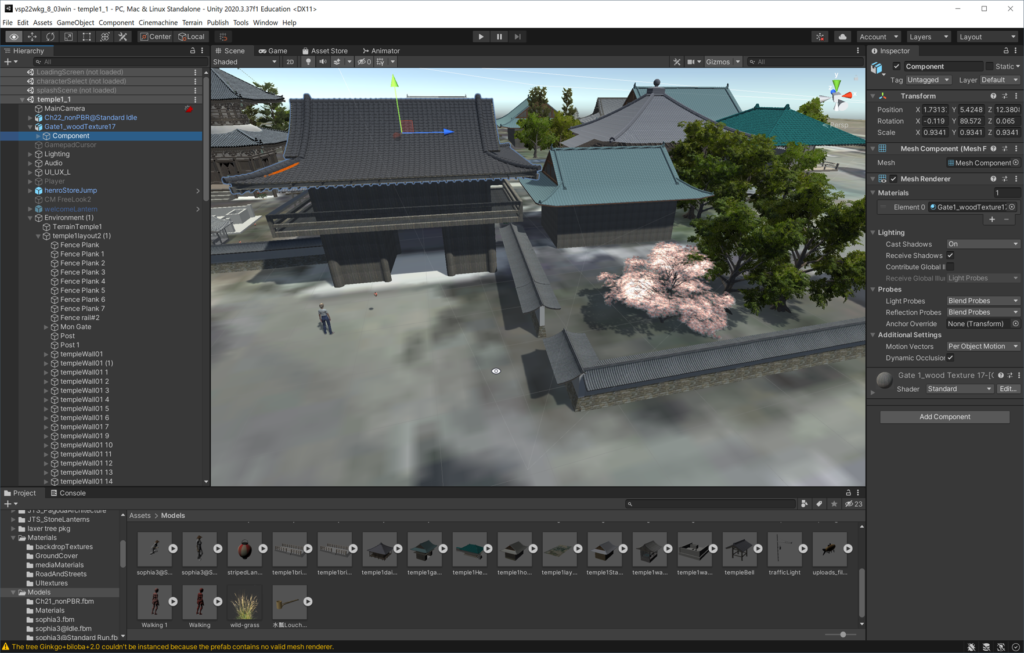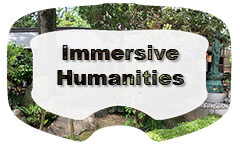The Virtual Shikoku Pilgrimage project is focused on the design and development of a prototype immersive virtual landscape exploration platform that will digitally recreate the well-known Buddhist pilgrimage in Shikoku, Japan that honors the famous 9th century Buddhist priest Kukai.
One of the most interesting challenges that we are exploring during our ongoing research throughout the project work is the question of how to digitally represent both the elements of each temple and the surrounding landscape and the experience of being there, as there are many ways for pilgrims to traverse the pilgrimage and many ways to experience each temple itself. The digital representation of places and the intangible cultural meaning that permeates them has been the focus of a growing body of literature in a number of fields, including geography, history, archaeology, and other disciplines that work with cultural heritage.
The virtual platform framework that we are utilizing in the Virtual Shikoku Pilgrimage project has been developed by Dr. Bergeron through previous work focused on ancient Delphi, Greece and the plantation landscapes of the South Carolina Lowcountry (Flaten et al. 2014; Bergeron 2017, 2018). This platform leverages the Unity platform, a widely-used and popular development tool for 3D immersive environments and state-of-the-art video games.

The initial prototype was developed using Temples 1, 2, and 3 of the pilgrimage, in order to capture the linking landscapes as well as the structures and grounds of each of these temples. Once the virtual landscape features for each temple are completed, multimedia elements that were collected during the project team’s time in Japan, such as video and photos of places along the pilgrimage, talks with pilgrims and local residents, and other media are integrated into spatial vignettes embedded within the virtual platform as pop ups.
